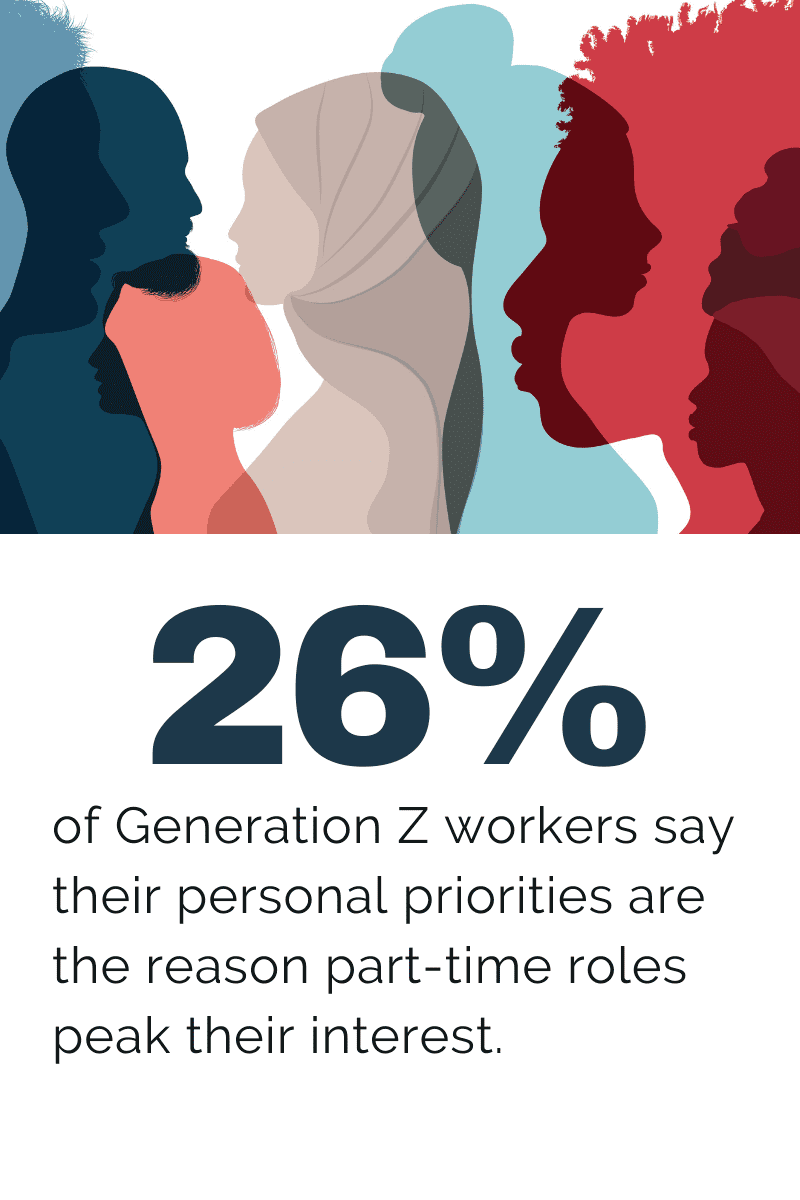New research reveals what younger employees in Singapore are looking for in an employer.
By Zee Johnson
In Singapore, Generation Z employees are beginning their careers in an unconventional workforce -and they’re coming with some expectations. ADP’s Research Institute’s People at Work: Global Workforce Review Survey revealed Gen Z workers’ thoughts on pre-existing working structure, as well as the changes they’d like employers to make in today’s evolving landscape.
According to the survey, Gen Z employees (aged 18-24) are less likely to commit to full-time work positions as pandemic-prone questions surrounding job security linger. Only half (54%) said they would take on full-time roles, as opposed to part-time positions, though the national average sits at 76%.
Just over a quarter (26%) of Gen Z workers want a complete return to the office, whilst the numbers are higher for other age segments. Thirty-six per cent of employees aged 45 to 54 would like to see a full return, as did 45% of workers aged 55 and older.
Not all Gen Z workers are against the return to work, though. Following the abrupt implementation of remote work, which for most companies, came with minimal guidelines, unpaid working hours increased substantially. Now, the average Singaporean works 9.4 unpaid hours per week, up 2.1 hours from pre-pandemic numbers. Adding to that, 31% are now working more than 10 hours of unpaid overtime weekly, up 19% from pre-pandemic. Some employees believe working in the office will not only lessen their workloads and their time spent working, but will also help to sustain their job.
The portion of the group who wish not to return to the office have highlighted their unwavering need for flexibility, as 26% say their personal priorities are the reason part-time roles peak their interest. This comes as no surprise to Peter Hadley, President, of ADP, Asia Pacific. “For the generation entering the workforce amidst these conditions, it is not surprising that they would prioritise flexibility and being able to work on their own terms as much as possible,” he said. “There are still many questions around the extent to which working from home will remain the norm, for full or part of the week, and what that might mean for productivity, team building, staff development and career progression, as well as office space requirements.”
Before leaders decide on lasting company work models, they must listen to the concerns of their employees, particularly those who are the workforce’s future.















